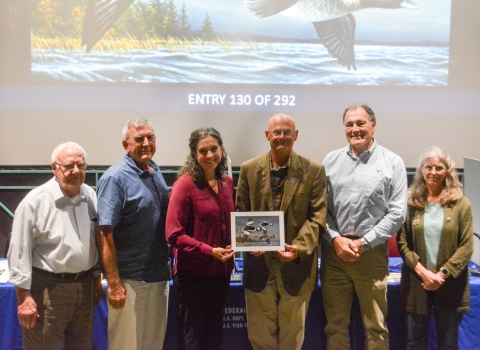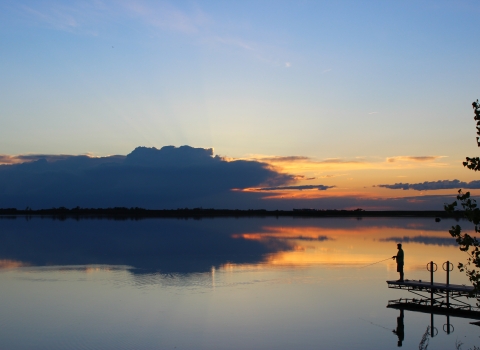To better fulfill the conservation purposes of the Endangered Species Act (ESA), the U.S. Fish and Wildlife Service is rescinding regulations from 2020 that changed the process for excluding areas from critical habitat designations under section 4(b)(2) of the ESA. This action restores the Secretary of the Interior’s discretion to determine how and when to exclude areas from critical habitat designations and the Service’s role as the expert agency responsible for administering the ESA.
The Service will resume its previous approach to exclusions and restore alignment between the Service and NOAA Fisheries on procedures for designating critical habitat. This decision follows Executive Order 13990, which directs all federal agencies to review and address agency actions to ensure consistency with Biden-Harris Administration objectives.
“The Service is the federal government’s lead agency on endangered species, responsible for conserving the nature of America for future generations,” said Service Director Martha Williams. “This rule will allow our biologists to ensure critical habitat designations contribute to the conservation of ESA-listed species. Today’s action helps the Service implement the ESA in ways that support sound science and citizen participation.”
The ESA is extraordinarily effective at preventing species from going extinct and has inspired action to conserve at-risk species and their habitats before they need to be listed as threatened or endangered. More than 99 percent of all ESA-listed species are still with us today since the act was signed into law in 1973.
Critical habitat designations identify areas and habitat features that are essential to conserve listed species. The Service may exclude areas from designations after considering economics, national security, and other factors (such as conservation activities). Federal agencies must ensure actions they fund, permit or conduct do not destroy or adversely modify designated critical habitats. Critical habitat designations do not affect actions on private lands unless the actions involve the authorization or funding of a federal agency.
Today’s final rule –click here: https://public-inspection.federalregister.gov/2022-15495.pdf -- will allow the Service to resume its previous approach to exclusions. That previous approach, which is currently used by NOAA Fisheries, is outlined in a 2016 policy on 4(b)(2) exclusions. Under that previous approach, the Service always considers the economic impacts of a proposed critical habitat designation and publishes the economic analysis concurrent with the proposed designation. In addition, the Service always considers exclusion of areas covered by a permitted voluntary conservation plan, Tribal lands and areas for which a federal agency has asserted national security concerns.
The ESA inspires diverse partnerships to prevent species extinctions and recover listed species and supports proactive collaborations with states, private landowners, conservation groups, Tribes and industry to conserve species before they require federal protections.



